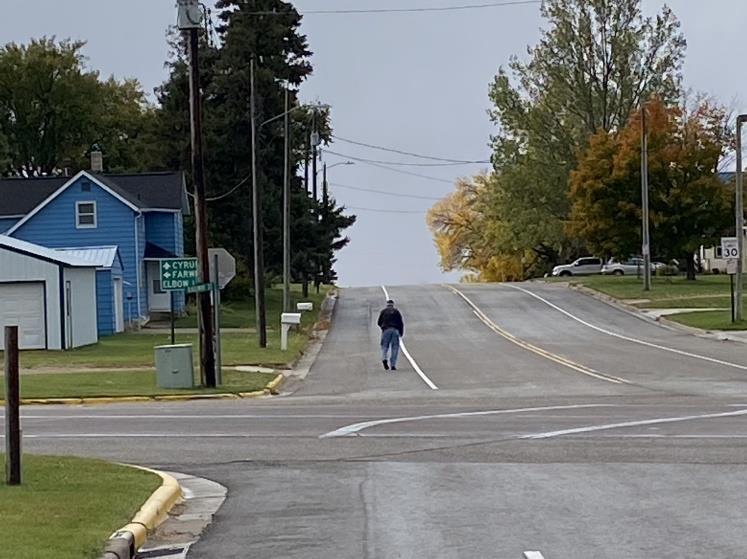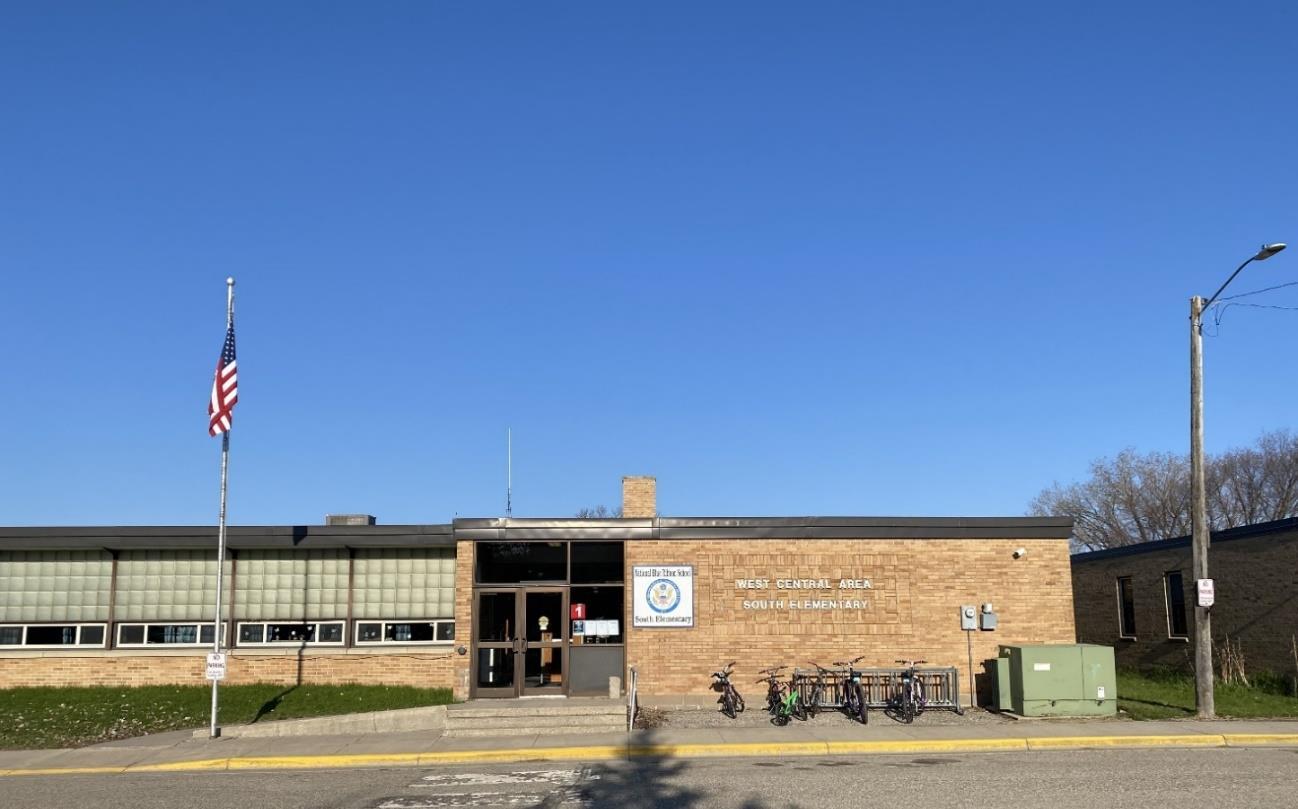
3 minute read
Who are You?

WHO ARE YOU?
Successful programs are achieved through the coordinated efforts of parent volunteers, school staff, local agency staff, law enforcement and community advocates, such as public health. Each partner has a key role to play in contributing to a plan’s success. The following paragraphs highlight the unique contributions of key partners in Safe Routes to School.
I AM A PARENT
Parents can use this report to understand the conditions at their children’s school and to become familiar with the ways an SRTS program can work to make walking and bicycling safer. Concerned parents or city residents have a very important role in the Safe Routes to School process. Parent groups, both formal and informal, have the ability and the responsibility to help implement many of the educational and encouragement programs suggested in this plan. Parent groups can also be key to ongoing success by helping to fundraise for smaller projects and programs.
I AM A COMMUNITY MEMBER
Community residents, even if they don’t currently have children enrolled in school, can play an important role in supporting implementation of the plan. They can use this report to better understand where there may be opportunities to participate in programming initiatives and infrastructure improvements. Community members, including seniors or retirees who may have more flexible schedules than parents with school-aged children, may volunteer in established programs or work with school staff or community partners to start new programs recommended in this plan.
I WORK FOR THE SCHOOL DISTRICT
School district staff can use this report to prioritize improvements identified on District property and develop programs that educate and encourage students and parents to seek alternatives to single family commutes to school.
District officials are perhaps the most stable of the stakeholders for a Safe Routes to School program and are in the best position to keep the program active over time. District staff can work with multiple schools, sharing information and bringing efficiencies to programs at each school working on Safe Routes.
I AM A SCHOOL ADMINISTRATOR
School administrators have an important role in implementing the recommendations contained within this SRTS plan. For a plan to succeed, the impetus for change and improvement must be supported by the leadership of the school
School administrators can help with making policy and procedural changes to projects that are within school grounds and by distributing informational materials to parents within school publications. Please read the SRTS Facts for School Communication in Appendix B.

I AM A TEACHER OR OTHER STAFF MEMBER
Other than parents, teachers might interact with students the most. Teachers can include bicycle and pedestrian safety in lesson plans (see Walk! Bike! Fun!). Sharing books in your classroom that promote walking and biking is a good way to get kids interested at an early age. Teachers can also arrange for field trips within walking distance of school and incorporate informal lessons about safety along the way. In general, being positive and encouraging about walking and biking is a great way to start!
I WORK FOR THE CITY OR COUNTY
City and County staff can use this report to identify citywide issues and opportunities related to walking and bicycling and to prioritize infrastructure improvements. City staff can also use this report to support Safe Routes to School funding and support opportunities such as:
• MnDOT Safe Routes to School (SRTS) grants • Federal Safe Routes to School (SRTS) grants • Statewide Health Improvement Program (SHIP)
For all infrastructure recommendations, a traffic study and more detailed engineering may be necessary to evaluate project feasibility, and additional public outreach should be conducted before final design and construction. For recommendations within the public right-of-way, the responsible agency will determine how (and if) to incorporate suggestions into local improvement plans and prioritize funding to best meet the needs of each school community.
I WORK FOR THE POLICE DEPARTMENT
Police department staff can use this report to understand issues related to walking and bicycling to school and to plan for and prioritize enforcement activities that may make it easier and safer for students to walk and bike to school. The Police Department will be instrumental to the success of the enforcement programs and policies recommended in this plan. The Police Department will also have a key role in working with school administrations in providing officers and assistance to some of the proposed education and encouragement programs.
I WORK IN PUBLIC HEALTH
Public health staff can use this report to identify specific opportunities to collaborate with schools and local governments to support safety improvements and encourage healthy behaviors in school children and their families.

